The Best Heirloom Tomatoes to Grow
Have you wondered why heirloom tomatoes taste so much better than those conventional ones from the store?
Conventional tomatoes have been bred for long shelf life, disease resistance, high yield and even for their looks! Some say all the flavor and taste has been bred out of them, too.
So whether you say to-may-to or to-mah-to, we’re here to help you choose the perfect heirloom tomato variety for you.
What is an Heirloom Tomato?
Heirloom tomatoes come from seeds that have been handed down from farmer to farmer for generations for their special characteristics and varieties must be 50 years old at least. Because of this, heirloom tomatoes have minimal disease resistance.
Heirloom varieties are open-pollinated–meaning that the seeds you collect will produce plants almost identical plants year after year. That’s key to their survival.
Many heirlooms have been passed down generation to generation. Seeds, once considered valuable property, traveled country to country in pockets or through letters. Varieties come from Central America, Russia, Italy, Japan, France, Germany and Kentucky. Here are a few of our favorites.
Best Heirloom Tomatoes to Grow
Pink Brandywine– This is hands-down the yummiest and most popular heirloom. Dating back to 1885, these tomatoes ripen late in the season, but delight with huge tomatoes with even bigger flavor. Plus, Pink Brandywine tomatoes grow well in containers.
- Growth Type: Indeterminate
- Time to Maturity: 85-100 days
- Taste and Texture: Intense, full flavor with a rich, velvety texture
- Light: Full sun
- Plant Size: 4-9’
- Spacing: 24-36” apart
- Staking: Yes – Cage or stake
Black Cherry – This black, heirloom cherry tomato is somewhat disease resistant and easy to grow – even in containers. The truly striking color makes these cherry tomatoes an instant conversation (or kabob!) starter.
- Growth Type: Indeterminate
- Time to Maturity: 65-75 days
- Taste and Texture: Sweet meets smoky flavor with a meaty texture
- Light: Full sun
- Plant Size: 5-8’
- Spacing: 24-36”
- Staking: Yes – Cage or stake
Cherokee Purple – Cherokee purple tomatoes may look eccentric, but boy, do they taste good! Believed to be passed down from Cherokee Indians, this variety produces significantly more tomatoes than other heirlooms.
- Growth Type: Indeterminate
- Time to Maturity: 75-90 days
- Taste and Texture: Sweet, juicy and savory with a thin skin
- Light: Full sun
- Plant Size: 4-9’
- Spacing: 24-36”
- Staking: Yes – Cage or stake
Striped German/Old German – This sizzling red and orange tomato looks like a work of art. Slice it open, and you’ll be delighted by its intricate texture and pattern. Also called “Old German,” this sunny tomato produces huge beefsteak tomatoes. It does need constant, proper care to thrive.
- Growth Type: Indeterminate
- Time to Maturity: 75-85 days
- Taste and Texture: Incredibly juicy with a faintly tart flavor and meaty texture
- Light: Full sun
- Plant Size: 4-8’
- Spacing: 24-36”
- Staking: Yes – Cage or stake
Wapsipinicon Peach – Bright in color and flavor, these tiny, fuzzy yellow tomatoes make the perfect snack. Named for the Wapsipinicon River in Northeast Iowa around 1890, Wapsipinicon Peach tomatoes are resistant to rot and field blight. Plus, they are quite prolific!
- Growth Type: Indeterminate
- Time to Maturity: 75-80 days
- Taste and Texture: Sweet flavor with little acidity and fuzzy, thin skin
- Light: Full sun
- Plant Size: 4’
- Spacing: 24-36”
- Staking: Recommended – Cage or stake
Why Should I Grow Heirlooms?
We believe the flavor of heirlooms is so superior that no garden would be complete without them. Try a variety this year, and we’re sure you will agree. You will be tasting a little bit of history all summer long.
When you’re organic gardening, be sure to feed tomatoes lots of Tomato-tone during the growing season.

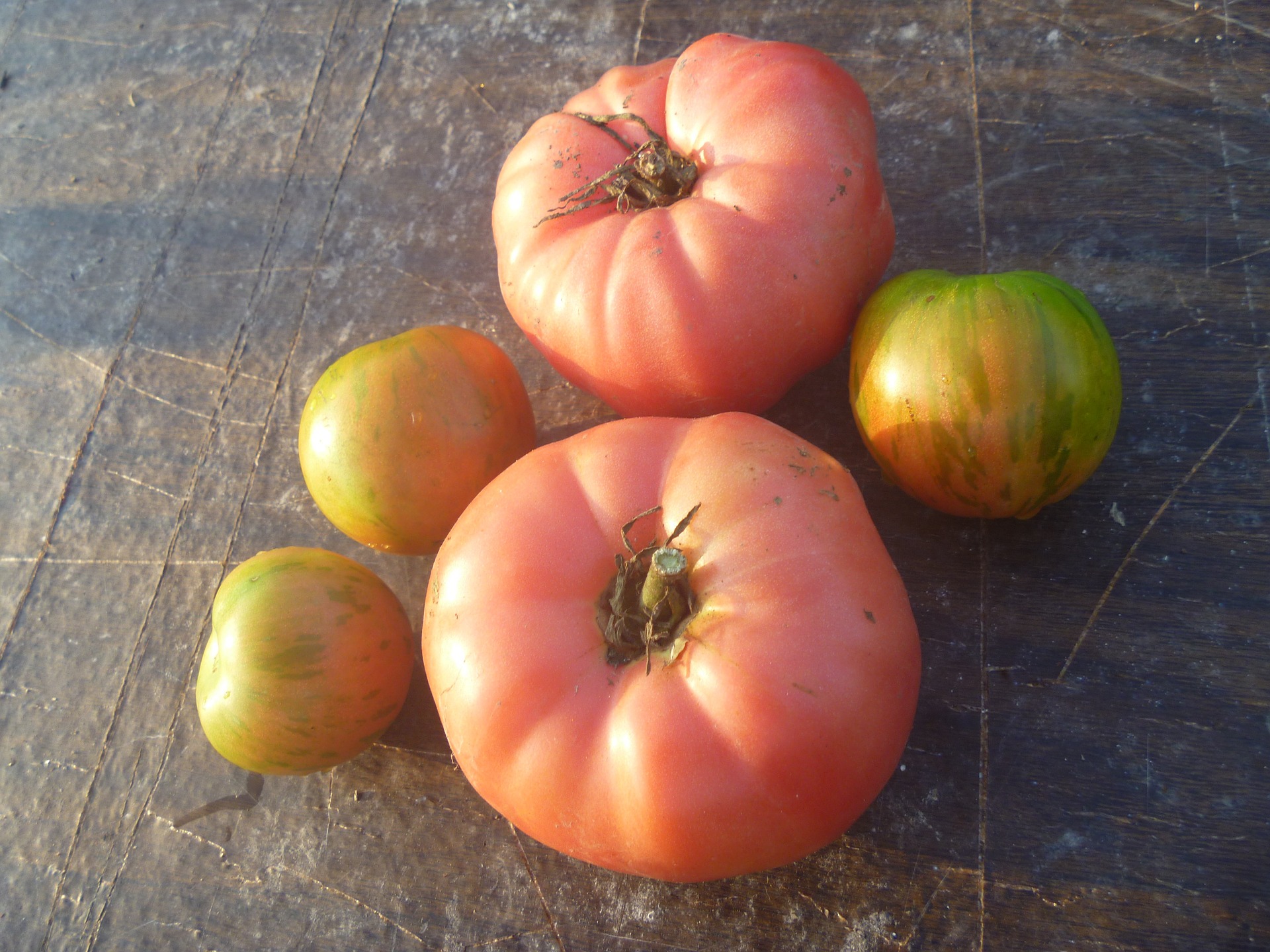
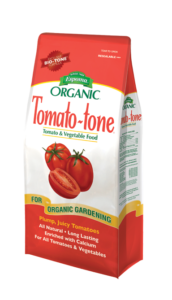
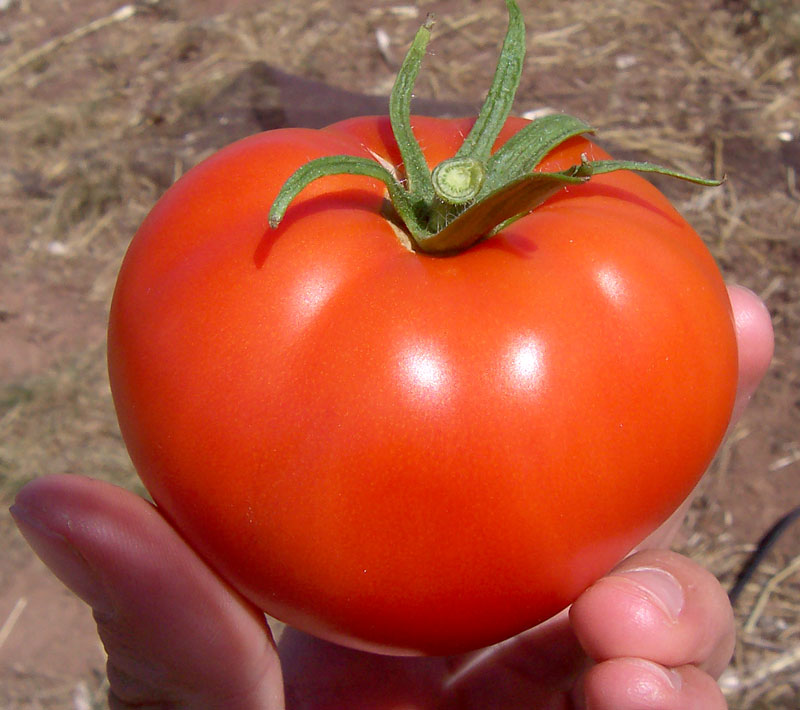
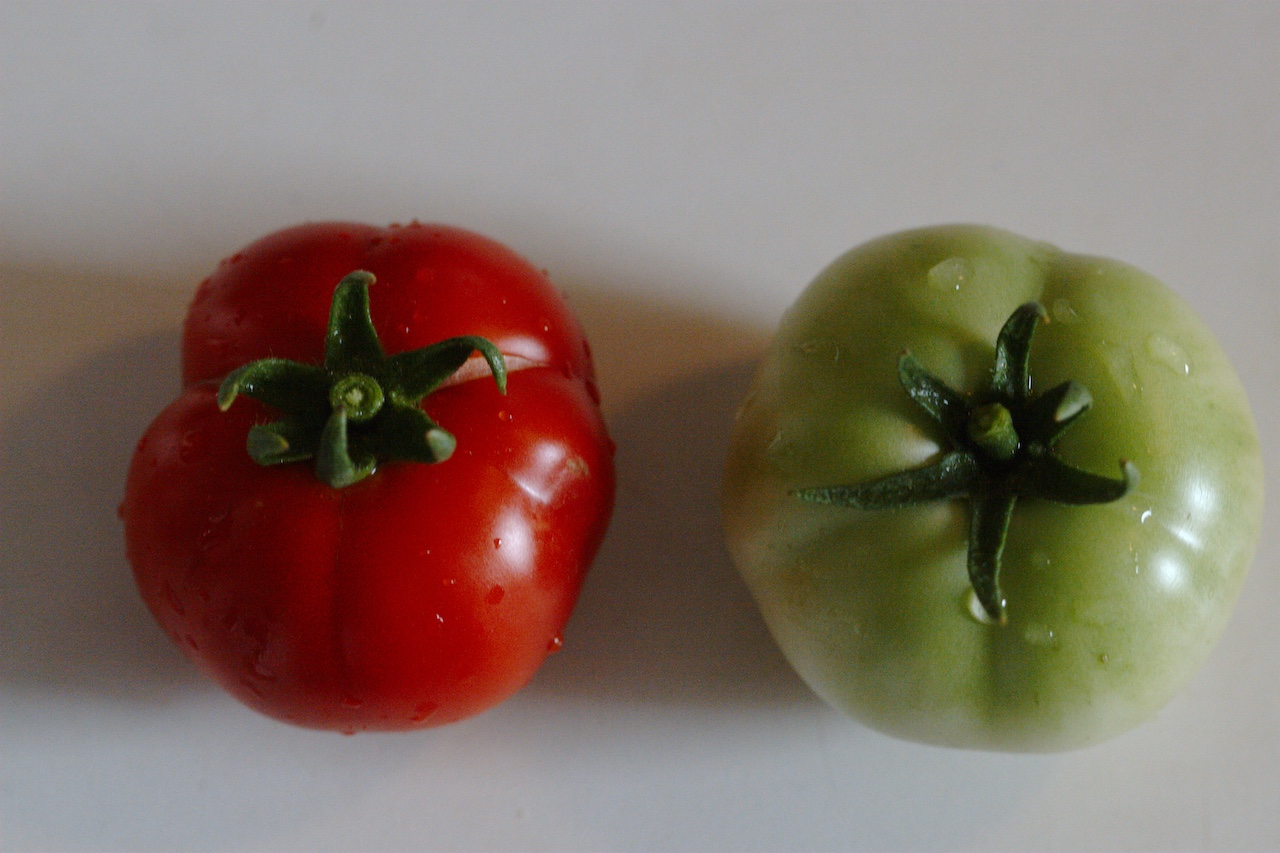
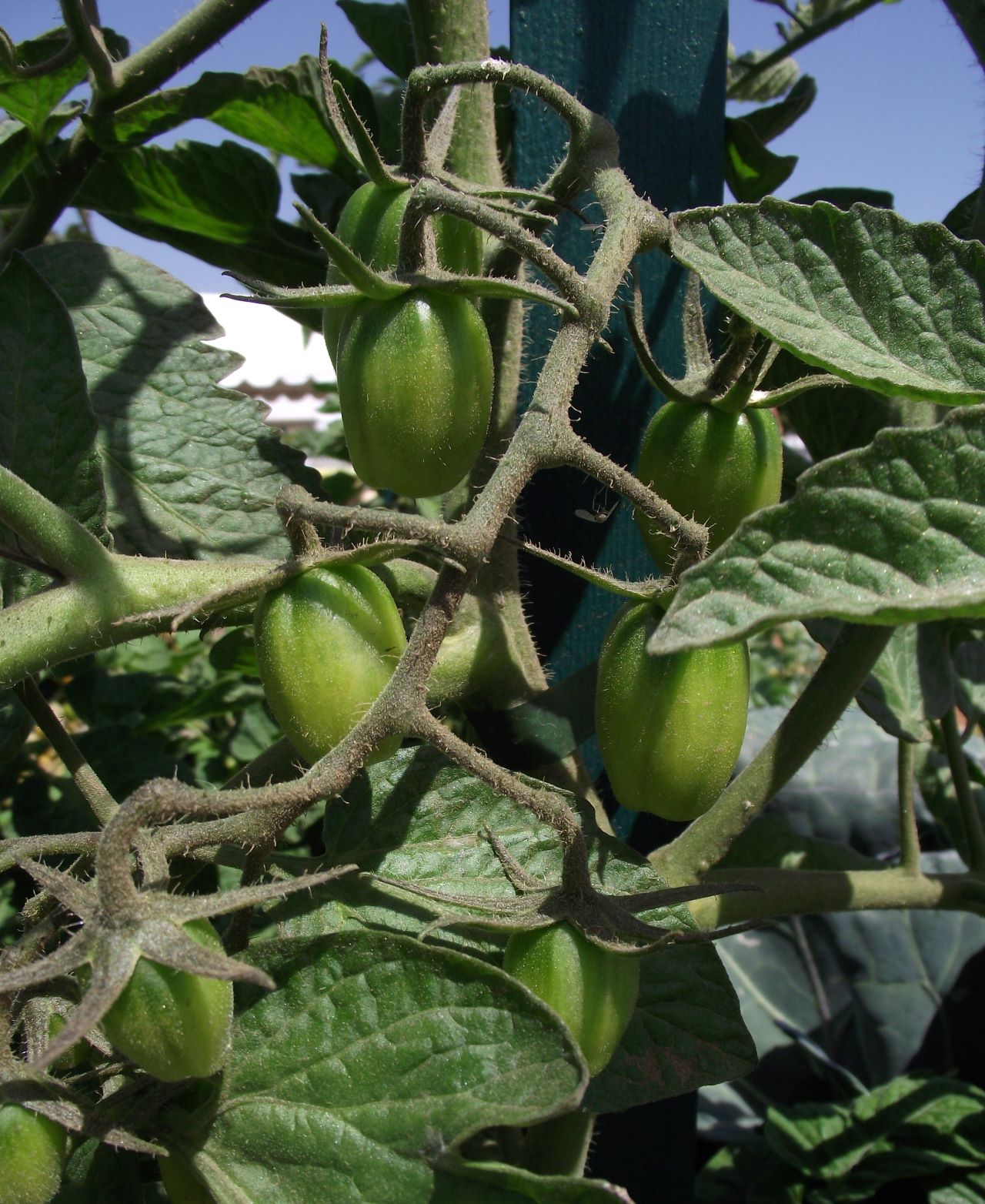
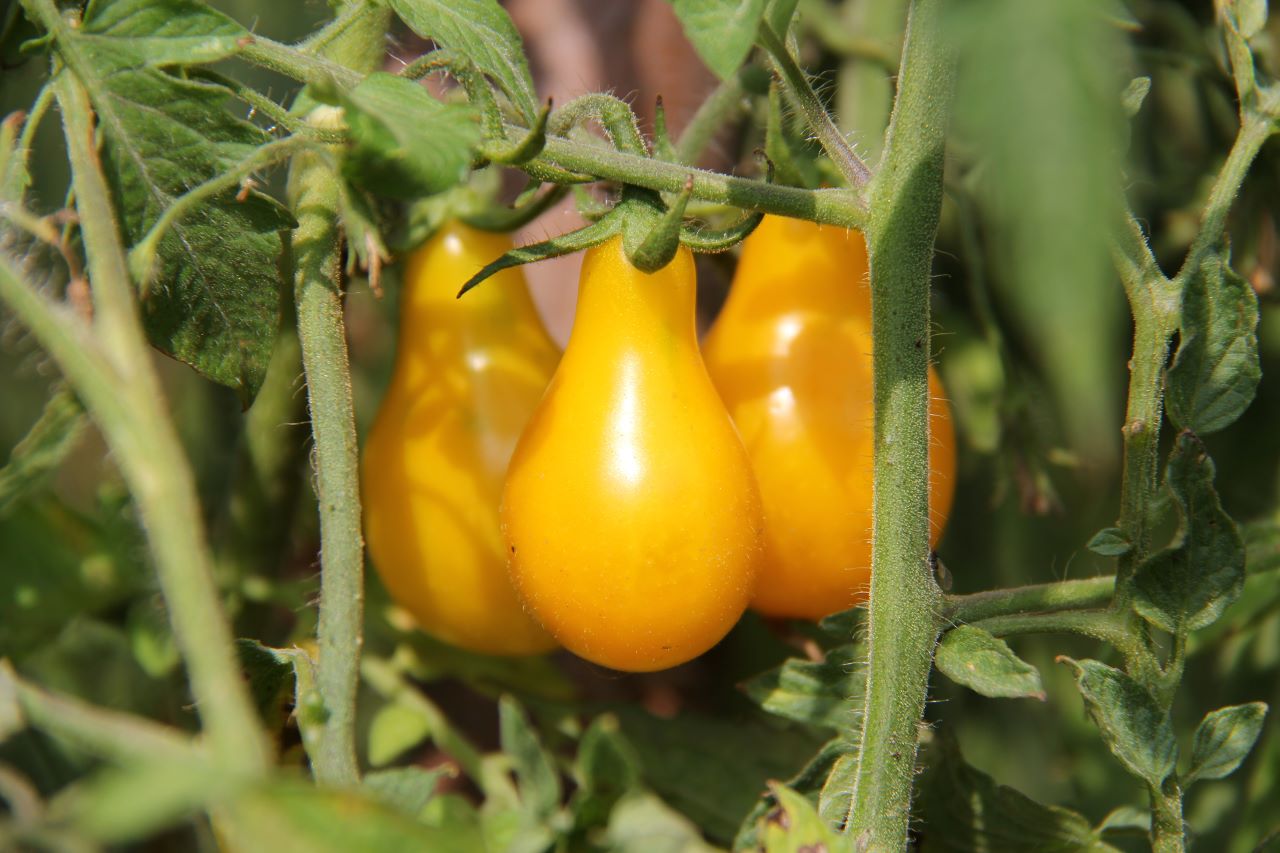
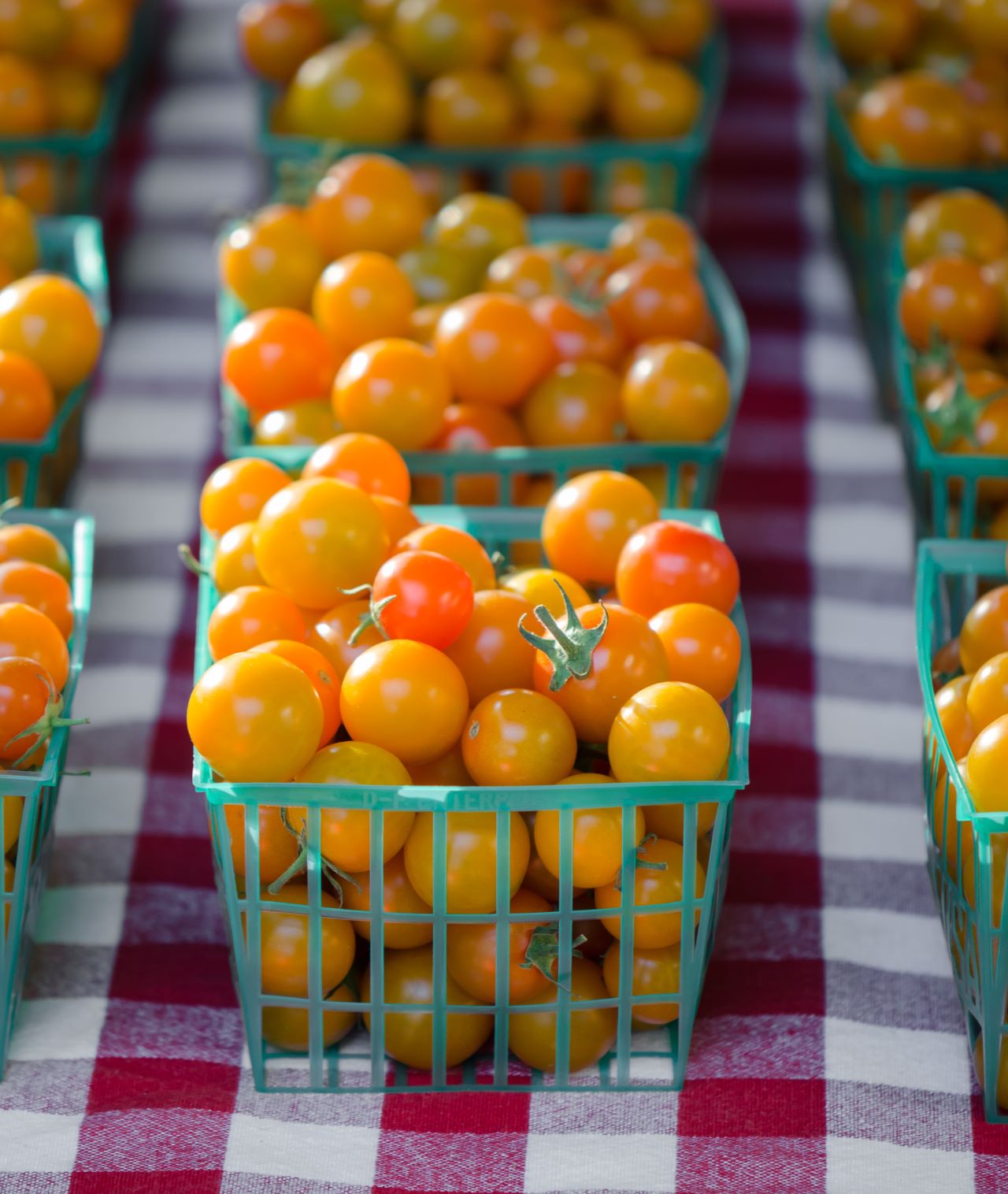
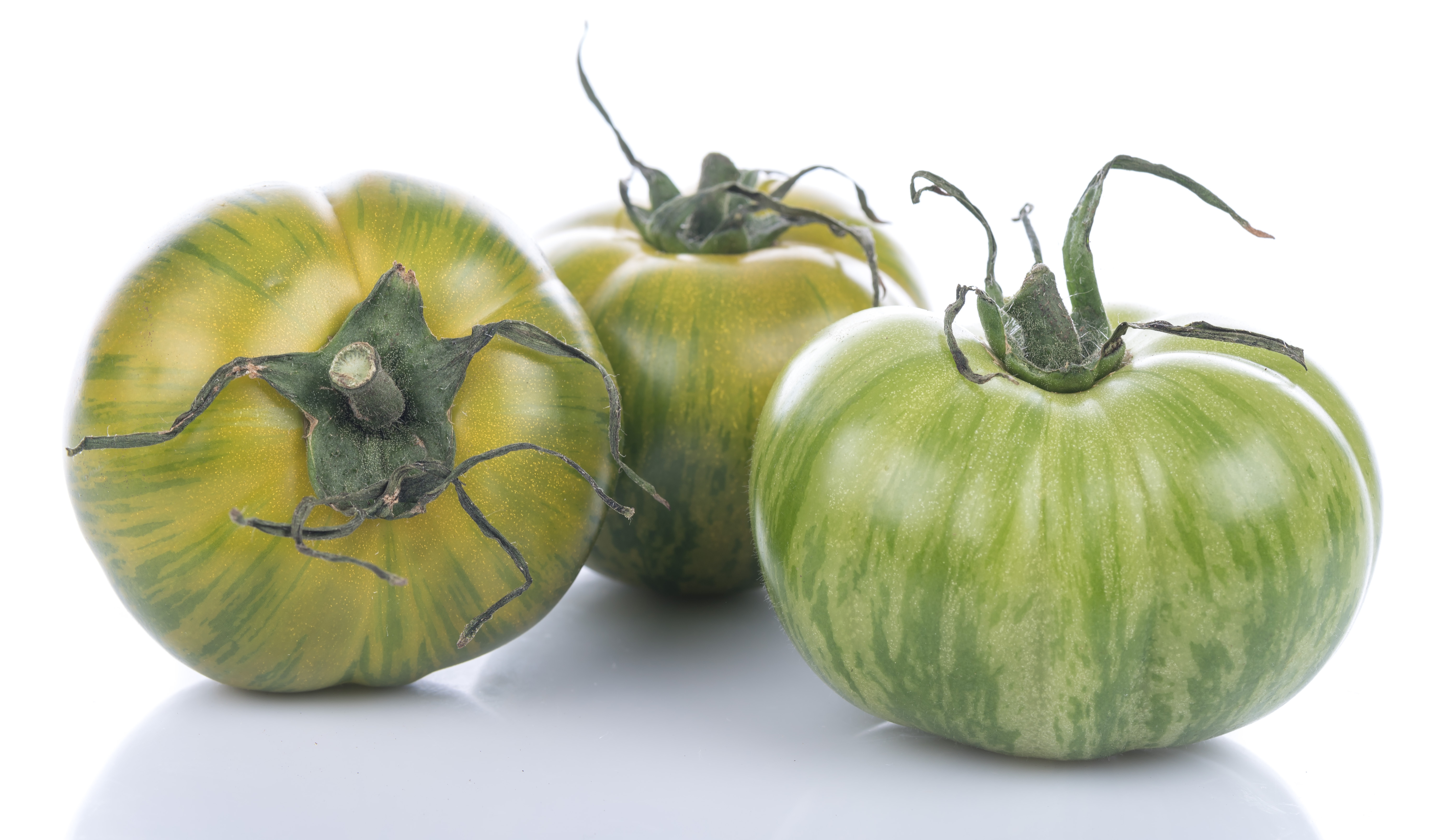
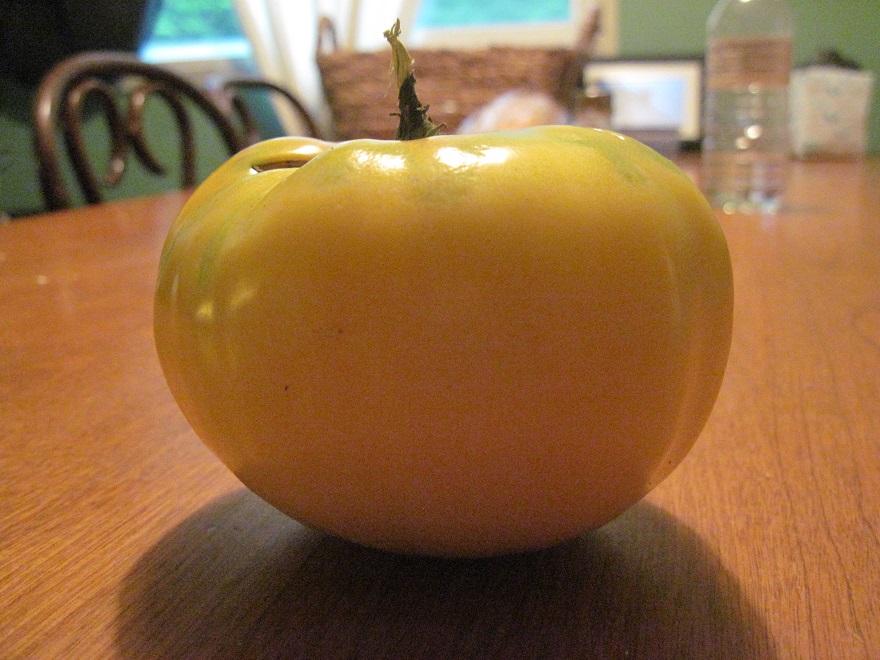
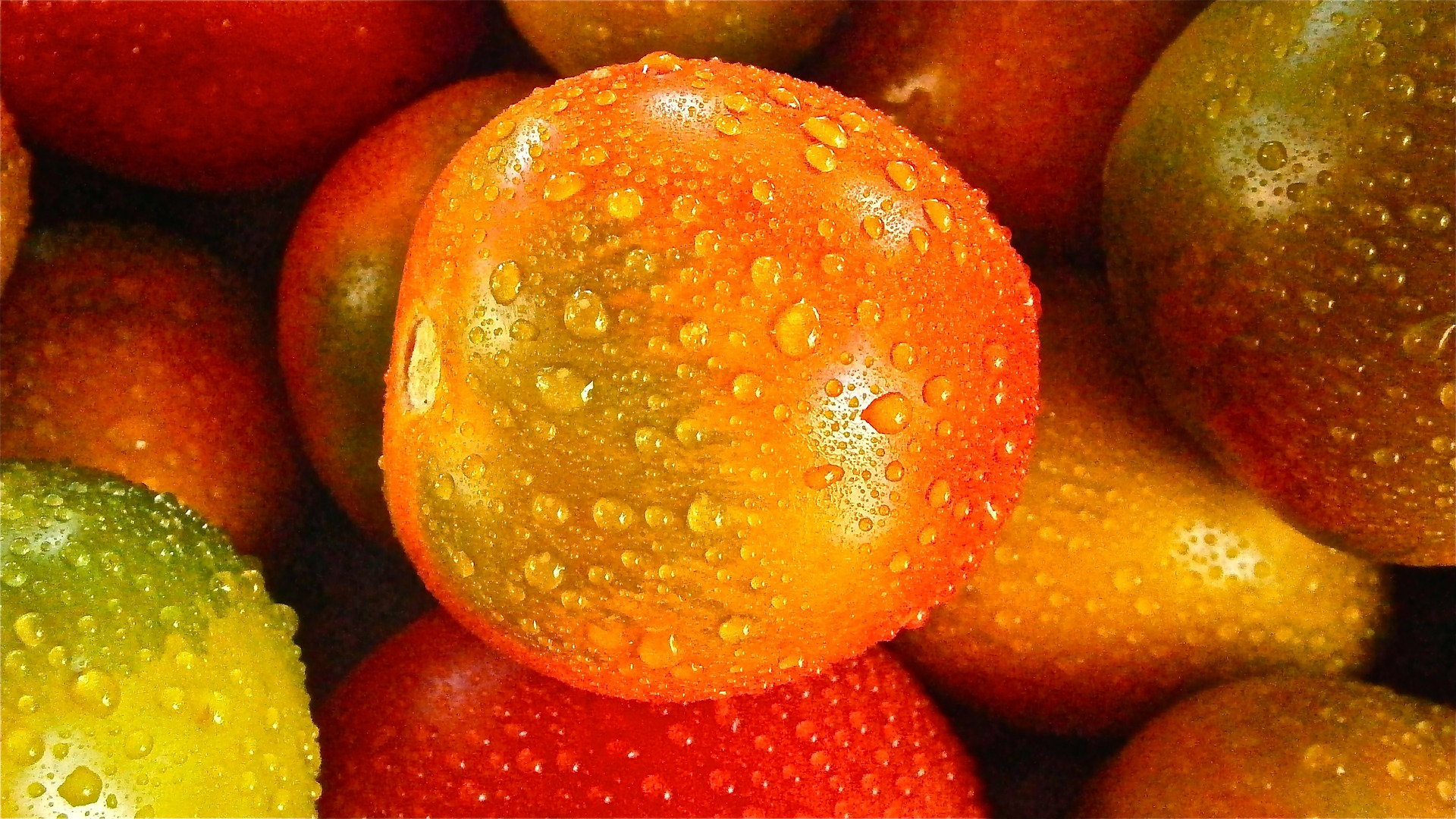
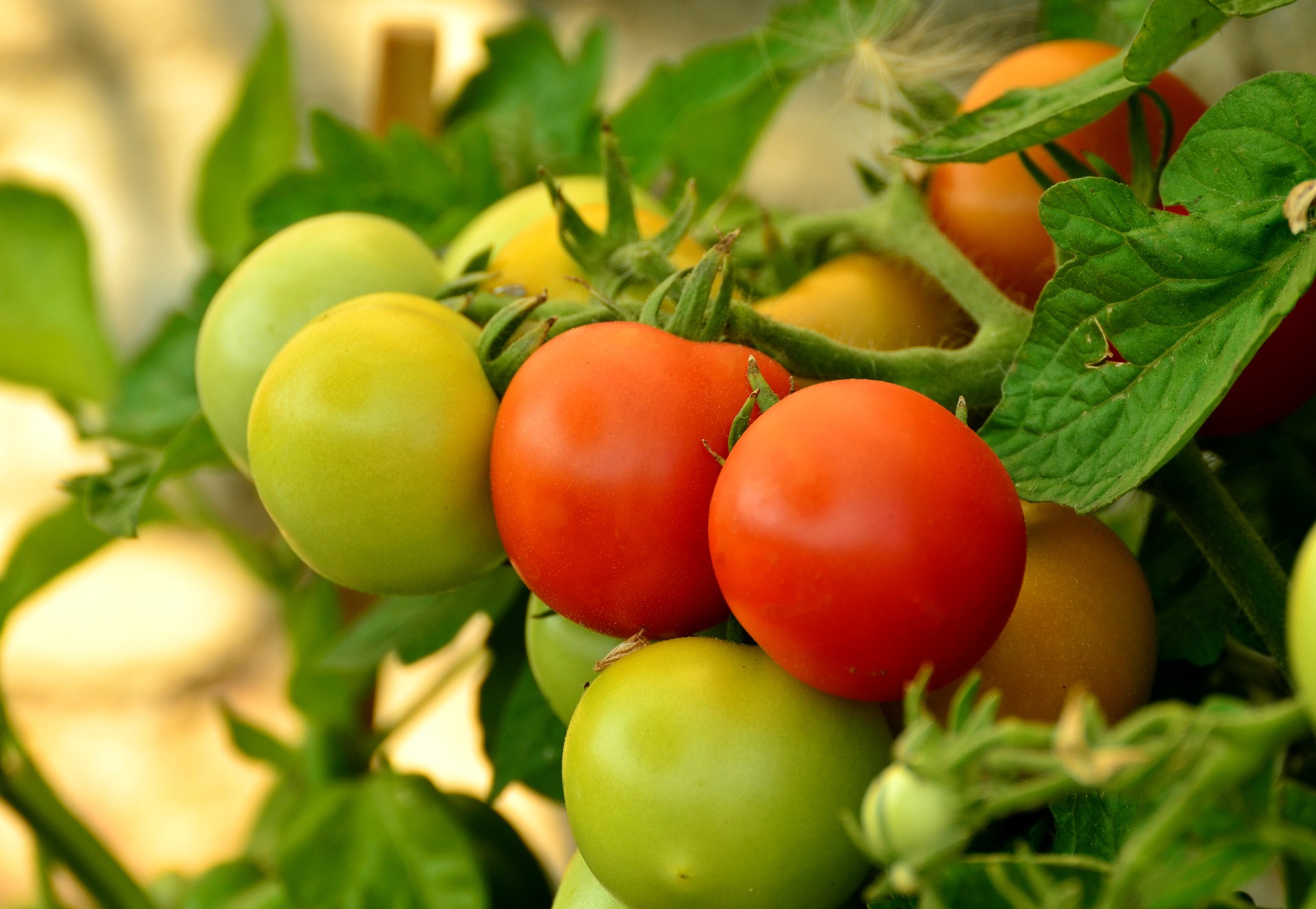
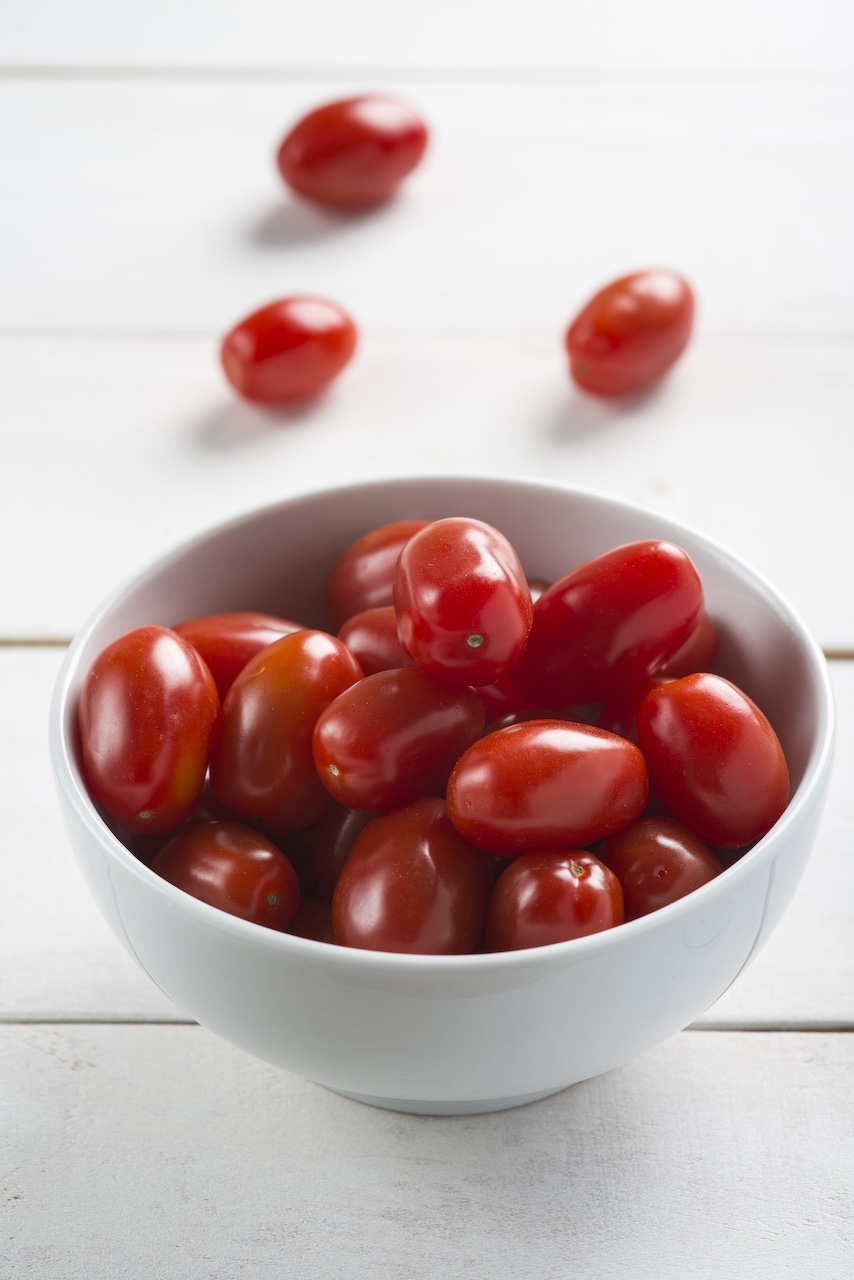

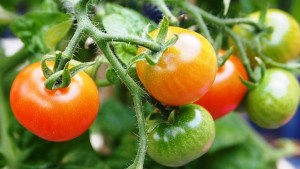
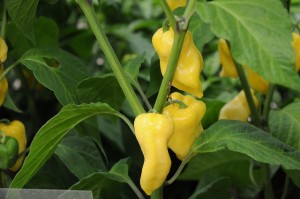
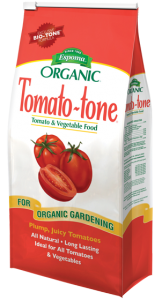
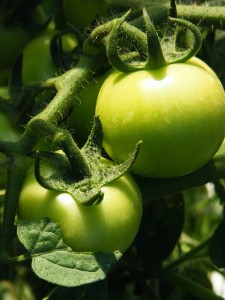 care and work it takes to ethically raise them. You know without an inkling of doubt that these tomatoes are organic, packed with nutrients and 100% free of harmful pesticides.
care and work it takes to ethically raise them. You know without an inkling of doubt that these tomatoes are organic, packed with nutrients and 100% free of harmful pesticides. Pick one (or a couple) tomato varieties and get planting! Follow along below or check out how not to be a couch tomato with
Pick one (or a couple) tomato varieties and get planting! Follow along below or check out how not to be a couch tomato with 